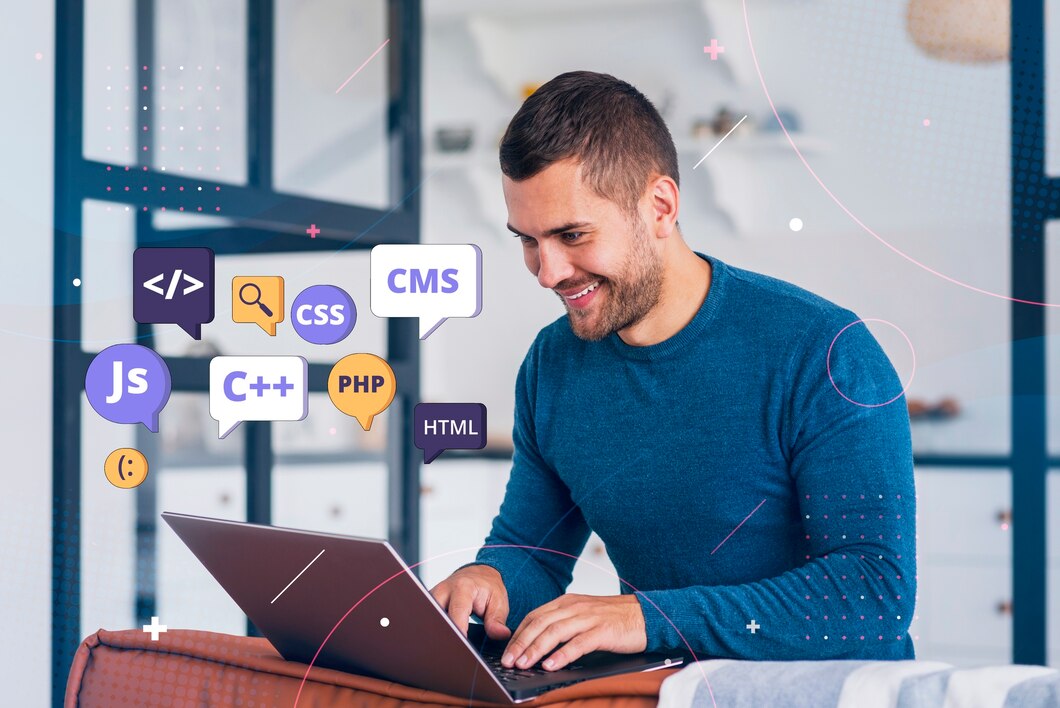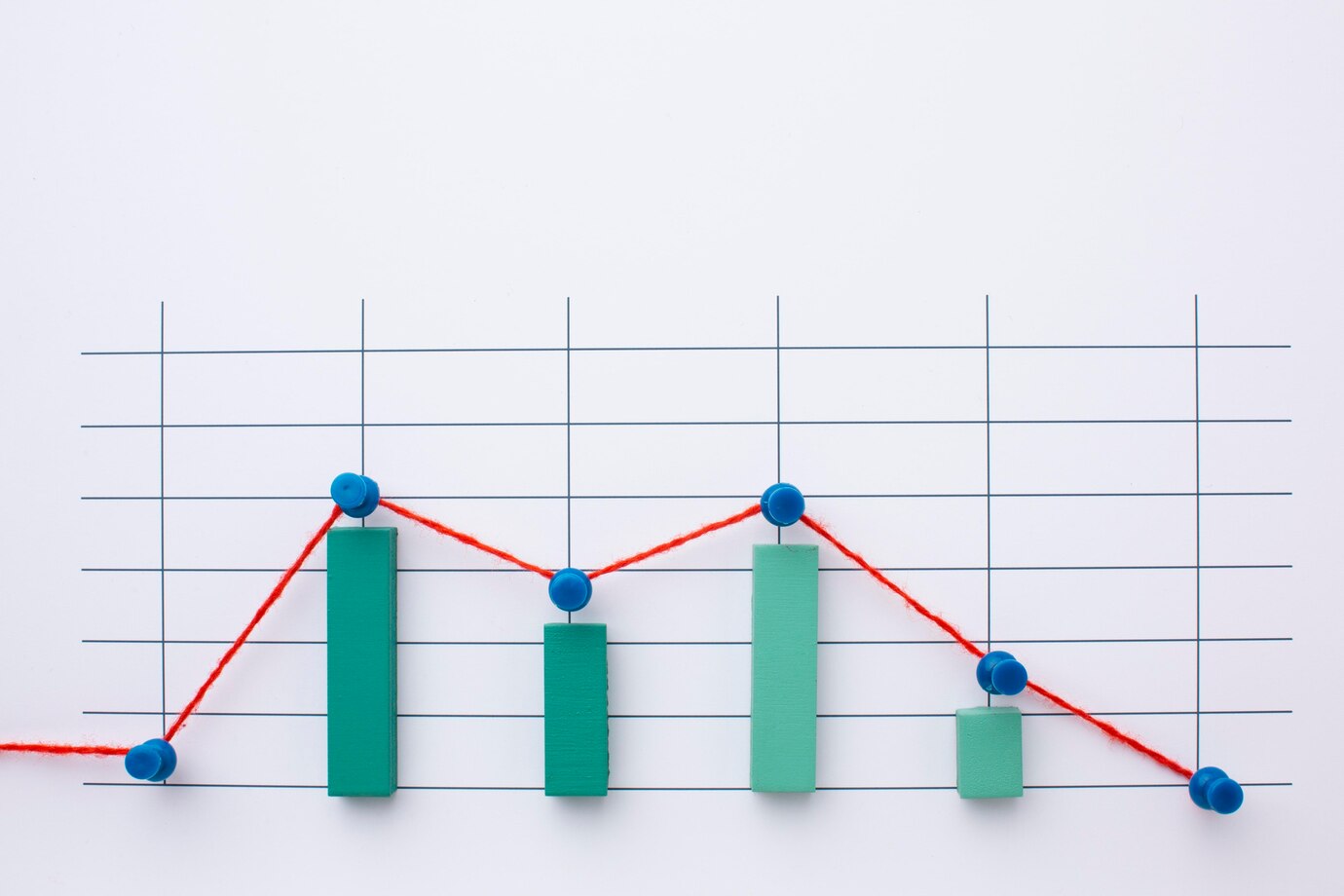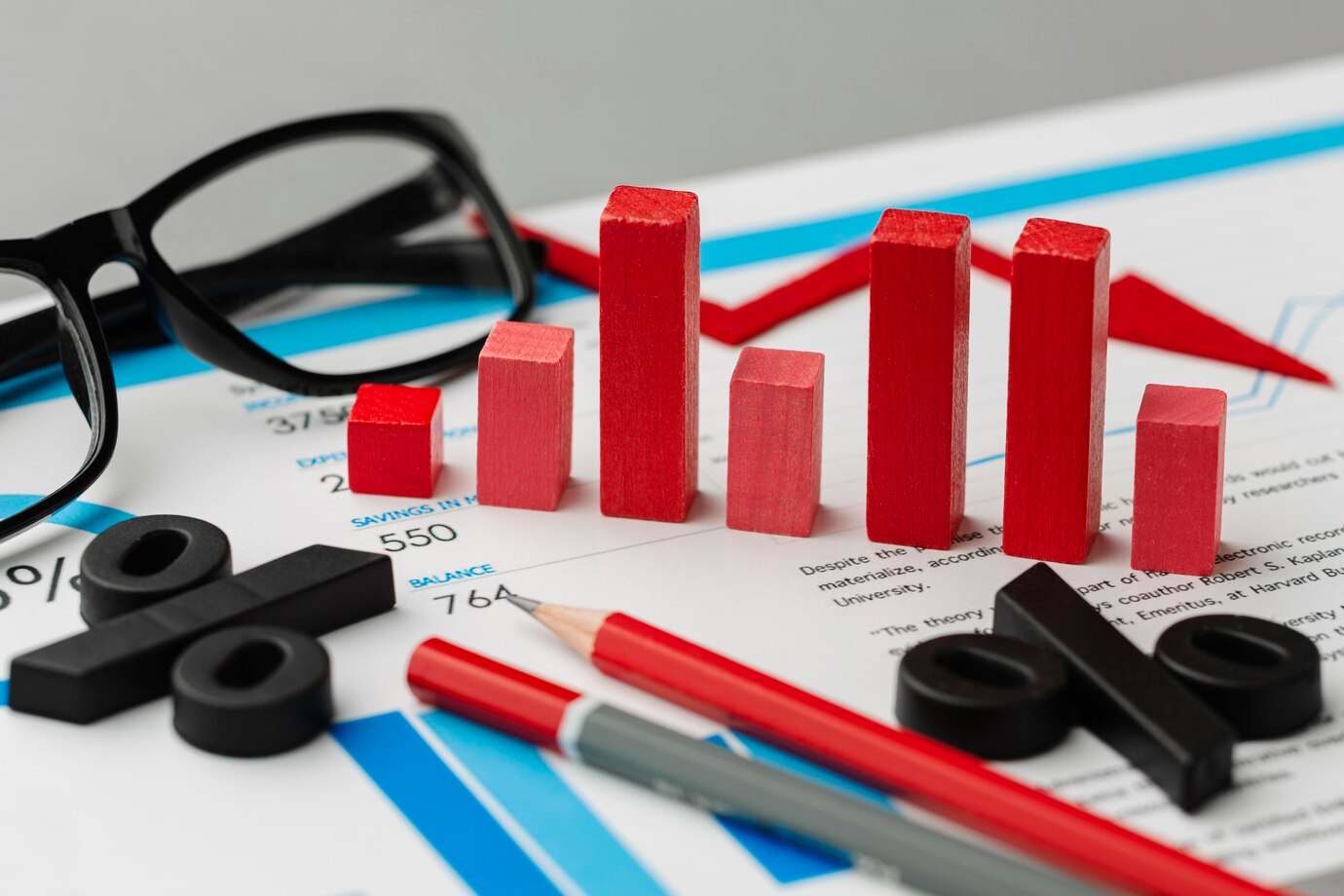Designing the Perfect Sales Funnel for High-Ticket Coaching and Consulting: A Data-Driven Blueprint for Success
In the world of high-ticket coaching and consulting, success hinges not just on the quality of your service but also on the effectiveness of your sales funnel. A well-designed funnel ensures that every lead is nurtured systematically, objections are addressed, and conversions are optimized at every stage. In this post, we’ll design a perfect sales and funnel conversion strategy tailored specifically for coaches and consultants selling premium programs. We’ll break down each step, explain why it works, and provide actionable insights supported by data and analytics.
Step 1: Understanding the Anatomy of a High-Ticket Sales Funnel
Before diving into the specifics, let’s define what a high-ticket sales funnel looks like. Unlike traditional funnels aimed at low-cost products, high-ticket funnels require multiple touchpoints to build trust and justify the investment. Here’s a simplified breakdown:
| Stage | Objective | Key Activities |
|---|---|---|
| Awareness | Attract potential leads | Content marketing, SEO, social media ads, webinars, free resources |
| Interest | Build rapport and establish authority | Email sequences, case studies, testimonials, live events |
| Consideration | Address objections and showcase value | One-on-one consultations, demo sessions, limited-time offers |
| Decision | Close the sale | Scarcity tactics, bonuses, payment plans, reassurance |
| Retention | Foster loyalty and upsell opportunities | Post-program support, alumni communities, advanced offerings |
Each stage plays a critical role in guiding prospects toward becoming paying clients. Let’s explore these stages in detail.
Step 2: Stage 1 – Awareness: Capturing Attention with Value-Driven Content
The first step in any sales funnel is capturing attention. For high-ticket buyers, this means providing high-value content that addresses their pain points and positions you as an expert.
Why It Works:
High-ticket buyers are discerning—they won’t invest unless they see clear evidence of your expertise. Offering valuable content upfront builds trust and credibility.
Actionable Strategies:
- Content Marketing: Publish blog posts, eBooks, or whitepapers addressing common challenges faced by your target audience. Use SEO best practices to rank organically.
- Example: A leadership coach might write an article titled “5 Ways to Build Resilient Teams During Uncertainty.”
- Webinars: Host free webinars where you share actionable insights. This allows you to engage directly with prospects while collecting contact information.
- Case Study: Marie Forleo’s B-School attracts thousands of leads annually through her free webinars.
- Social Media Ads: Run targeted Facebook or LinkedIn ads promoting your free resources. Use retargeting campaigns to re-engage visitors who didn’t convert initially.
| Metric to Track | Why It Matters | Tools to Use |
|---|---|---|
| Website Traffic | Indicates interest in your content | Google Analytics, SEMrush |
| Lead Capture Rate | Measures how many visitors become leads | HubSpot, OptinMonster |
Step 3: Stage 2 – Interest: Building Rapport and Establishing Authority
Once you’ve captured leads, the next step is nurturing them. High-ticket buyers need time to evaluate whether your program aligns with their goals.
Why It Works:
This stage builds emotional connection and reduces perceived risk. By consistently delivering value, you reinforce your position as the go-to expert.
Actionable Strategies:
- Email Sequences: Send a series of emails highlighting your methodology, sharing success stories, and addressing common objections.
- Example: Tony Robbins sends personalized emails featuring client testimonials and exclusive content.
- Case Studies and Testimonials: Showcase real-world results achieved by past clients. Include metrics like revenue growth, productivity improvements, or personal transformations.
- Data Insight: According to Nielsen, 92% of consumers trust recommendations from peers over traditional advertising.
- Live Events: Host Q&A sessions or workshops where prospects can interact with you directly. This humanizes your brand and deepens engagement.
| Metric to Track | Why It Matters | Tools to Use |
|---|---|---|
| Email Open Rates | Shows how engaged your audience is | Mailchimp, ActiveCampaign |
| Engagement Metrics | Measures interaction with your content | Hotjar, Google Analytics |
Step 4: Stage 3 – Consideration: Addressing Objections and Showcasing Value
At this stage, prospects are evaluating whether your program is worth the investment. Your goal is to eliminate doubts and demonstrate ROI.
Why It Works:
High-ticket buyers often hesitate due to price sensitivity or uncertainty about outcomes. Addressing objections proactively increases confidence in your offer.
Actionable Strategies:
- One-on-One Consultations: Offer free strategy calls to discuss individual needs and outline how your program can help.
- Tip: Use AI-powered tools like Calendly to automate scheduling and integrate CRM systems for seamless follow-ups.
- Demo Sessions: Provide a sneak peek into your program’s structure and benefits. For example, a business consultant might walk prospects through a sample module on scaling operations.
- Limited-Time Offers: Create urgency by offering bonuses (e.g., additional coaching hours) or early-bird discounts.
| Metric to Track | Why It Matters | Tools to Use |
|---|---|---|
| Conversion Rate | Tracks how many leads move to the next stage | ClickFunnels, Earndos Analytics |
| Objection Resolution Rate | Measures effectiveness of addressing concerns | Drift, Intercom |
Step 5: Stage 4 – Decision: Closing the Sale with Confidence
The decision stage is where prospects either commit or walk away. Your goal is to make the final push irresistible without being pushy.
Why It Works:
Scarcity, social proof, and reassurance play key roles in overcoming last-minute hesitations. When done right, these tactics tip the scales in your favor.
Actionable Strategies:
- Payment Plans: Break down the cost into manageable installments to reduce sticker shock.
- Example: A $20,000 program split into four payments of $5,000 feels more attainable.
- Guarantees: Offer a money-back guarantee to mitigate perceived risk. For instance, Robin Sharma provides a satisfaction guarantee for his leadership programs.
- Urgency Tactics: Highlight deadlines for enrollment or bonus availability to prompt immediate action.
| Metric to Track | Why It Matters | Tools to Use |
|---|---|---|
| Final Conversion Rate | Indicates overall funnel effectiveness | Google Analytics, Tableau |
| Average Deal Size | Measures revenue per client | Salesforce, Pipedrive |
Step 6: Stage 5 – Retention: Fostering Loyalty and Upselling Opportunities
Your relationship with clients doesn’t end after the sale—it’s just beginning. Retaining clients and encouraging repeat business ensures long-term profitability.
Why It Works:
Loyal clients not only generate recurring revenue but also serve as advocates for your brand. Word-of-mouth referrals are invaluable in the high-ticket space.
Actionable Strategies:
- Post-Program Support: Offer ongoing check-ins, access to private communities, or supplementary resources.
- Example: Mel Robbins provides lifetime access to her training materials for workshop attendees.
- Upselling Opportunities: Introduce advanced programs or VIP packages for clients seeking further transformation.
- Feedback Loops: Regularly solicit feedback to improve your offerings and show clients you value their input.
| Metric to Track | Why It Matters | Tools to Use |
|---|---|---|
| Client Retention Rate | Reflects satisfaction and loyalty | SurveyMonkey, Typeform |
| Lifetime Value (LTV) | Measures total revenue per client over time | ProfitWell, Baremetrics |
Step 7: Analyzing Performance and Optimizing the Funnel
To ensure continuous improvement, regularly analyze performance metrics and optimize each stage of your funnel.
Key Metrics to Monitor:
- Cost Per Acquisition (CPA): How much it costs to acquire a new client.
- Return on Investment (ROI): Revenue generated relative to spending.
- Funnel Drop-Off Points: Identify where prospects abandon the journey and address bottlenecks.
Tools for Optimization:
- AI-Powered Analytics: Platforms like Earndos Analytics use machine learning to predict trends and suggest improvements.
- A/B Testing: Experiment with different headlines, CTAs, or pricing models to determine what resonates most.
Final Thoughts: The Path to High-Ticket Success
Designing the perfect sales funnel for high-ticket coaching and consulting requires a blend of strategy, empathy, and data-driven decision-making. By implementing the steps outlined above—capturing attention, building rapport, addressing objections, closing deals, and fostering retention—you can create a system that consistently converts leads into loyal, high-paying clients.
Remember, no funnel is static. Continuously test, refine, and adapt based on real-world data to stay ahead of the competition. With persistence and precision, your funnel will become a powerful engine driving sustainable growth and unparalleled success.
Are you ready to transform your coaching or consulting practice? Start implementing these strategies today, and watch your funnel deliver exceptional results.




















